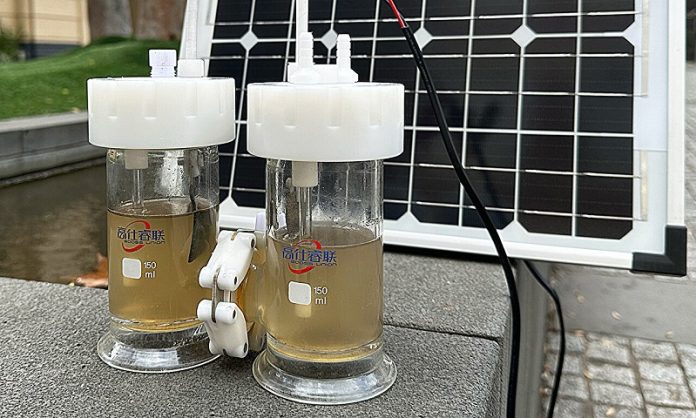
Scientists at RMIT University have developed an exciting new way to make green hydrogen using contaminated wastewater—offering a sustainable solution to two global problems: clean energy production and water pollution.
Instead of needing purified or fresh water, which is becoming increasingly scarce in many parts of the world, the team’s experimental invention uses wastewater’s natural contaminants to speed up the process of hydrogen production.
This breakthrough could help reduce the cost of treating wastewater while turning it into a valuable resource.
Currently, more than 80% of the world’s wastewater is released into the environment without treatment, polluting rivers and oceans. But thanks to this research, wastewater could now play a key role in creating clean energy.
The research team, which included experts from the University of Melbourne, University of New South Wales, and the Australian Synchrotron, created a special type of electrode that attracts metals like platinum, chromium, and nickel from wastewater.
These metals then help speed up the chemical reactions needed to split water into hydrogen and oxygen.
The electrode is made from a carbon surface created using agricultural waste, making the process even more environmentally friendly and cost-effective.
Lead researcher Associate Professor Nasir Mahmood explained that these metals act as catalysts—substances that boost chemical reactions without being used up.
The team’s approach cleverly uses what’s already in the wastewater, avoiding the need for expensive extra materials or steps. This makes their method a big step forward compared to other hydrogen production techniques that require clean water.
In the lab, the team set up a simple water-splitting system using two electrodes powered by renewable energy. As electricity flowed through the treated wastewater, hydrogen formed at one electrode and oxygen at the other. The device ran continuously for 18 days with almost no drop in performance.
The oxygen created in the process could even be reused in wastewater treatment plants, helping them work more efficiently by reducing the amount of organic material in the water.
Professor Nicky Eshtiaghi, who co-led the project, said the innovation could greatly benefit both the energy and water sectors by reducing pollution and water waste.
The team is now hoping to work with industry partners and governments to scale up the technology and test it on different types of wastewater to make sure it works in all conditions.
This new approach offers a powerful way to clean up our water while producing the green hydrogen needed to power a more sustainable future.



